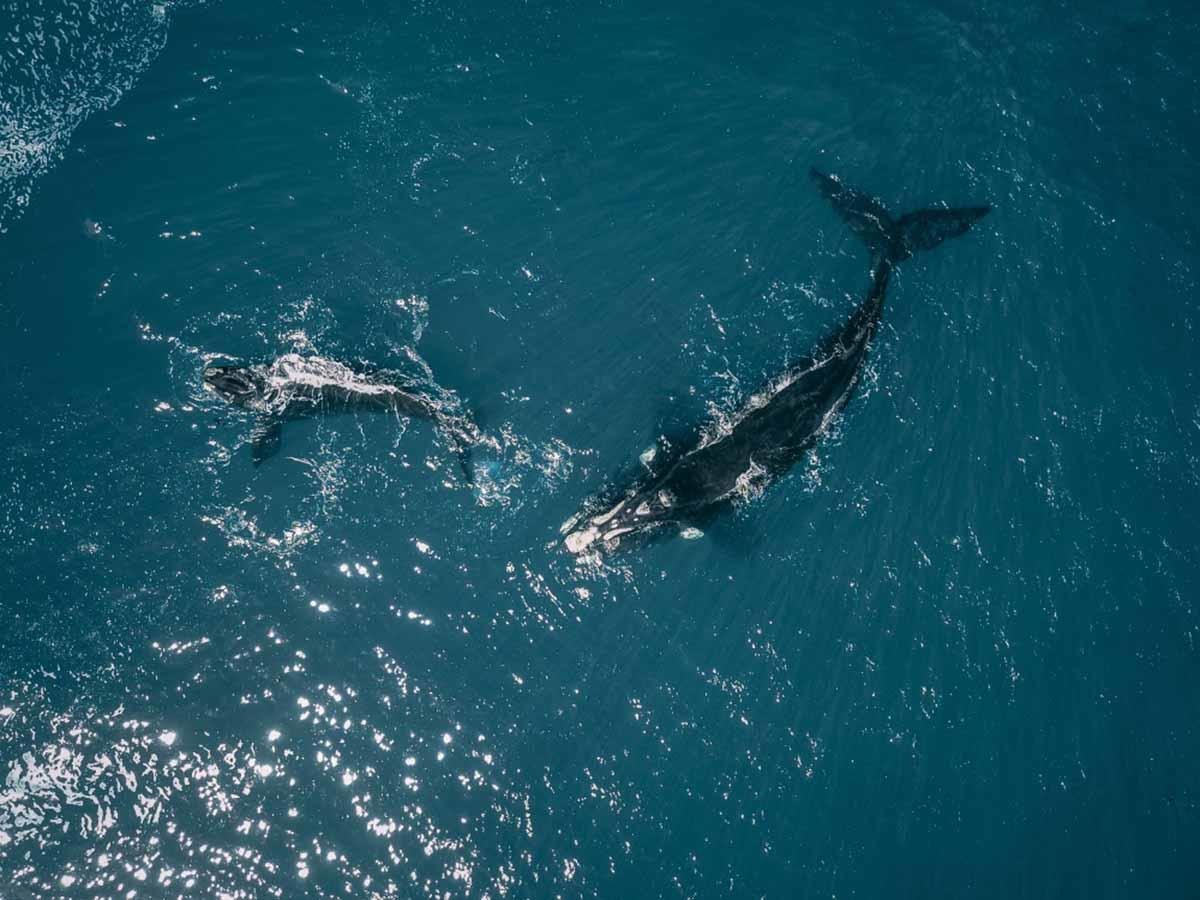This is excellent news for the world, since these are cetaceans that are in serious danger of disappearing. Learning about the birth of so many calves makes us believe that it is still possible to save this species.
Eighteen calves of endangered right whales have been born. In the past, these animals were abundant in the seas. However, they are now scarce and are almost on the verge of extinction.
AN ENDANGERED SPECIES OF WHALE
18 cetacean births have been recorded since November 2019. Moreover, this number is expected to increase in the coming years.
#Destacamos | ¡Época de nacimientos!: Han nacido 18 crías de ballenas francas en peligro de extinción https://t.co/NjyqzUSOqn
— Diario Antofagasta (@diarioafta) March 20, 2021
In recent times, the population of these whales had declined considerably. In fact, in the North Atlantic there were only 300 to 400 specimens left. Therefore, these births are excellent news.
What is the reason for this increase in whale births? Experts point out that in the first decade of the 21st century, 10 female whales of this species were born. These females are now of childbearing age.
THE DANGERS FACED BY THESE CETACEAN SPECIES
There are several reasons why these animals have seen their population decline. The first is due to hunting. For several centuries, humans killed whales for their oil.
However, in recent years, climate change has caused the most damage. Changes in sea temperatures have caused the whales to fail to adapt.
As a result, whaling of these aquatic mammals has been banned almost everywhere in the world. However, Japan recently resumed commercial whaling. This decision by the Japanese has raised a wave of protests.
THE CHARACTERISTICS OF RIGHT WHALES
They are also known as the “Basque whale” or “glacial whale,” they are part of the Balaenide family and inhabit almost the entire North Atlantic. Due to temperature changes, this species has been migrating to more southernly waters.
They are a very docile cetacean. Due to this quality, it has been baptized as the “right whale.” Fortunately, they resurface in the northern seas.
At the same time, humpback and blue whales are returning to the Antarctic. In this way, the world’s cetacean population increases.
An important fact to know is that they are not animals that survive in captivity. Therefore, there are no live specimens in any aquariums of the world. The cetaceans of this species that survive in the wild are the ones that can keep the species alive.
Will we ever see marine mammals in large numbers again? It will be difficult, but it is certainly something that can happen. In fact, we must do our part to help them.
Source: Bioguia





